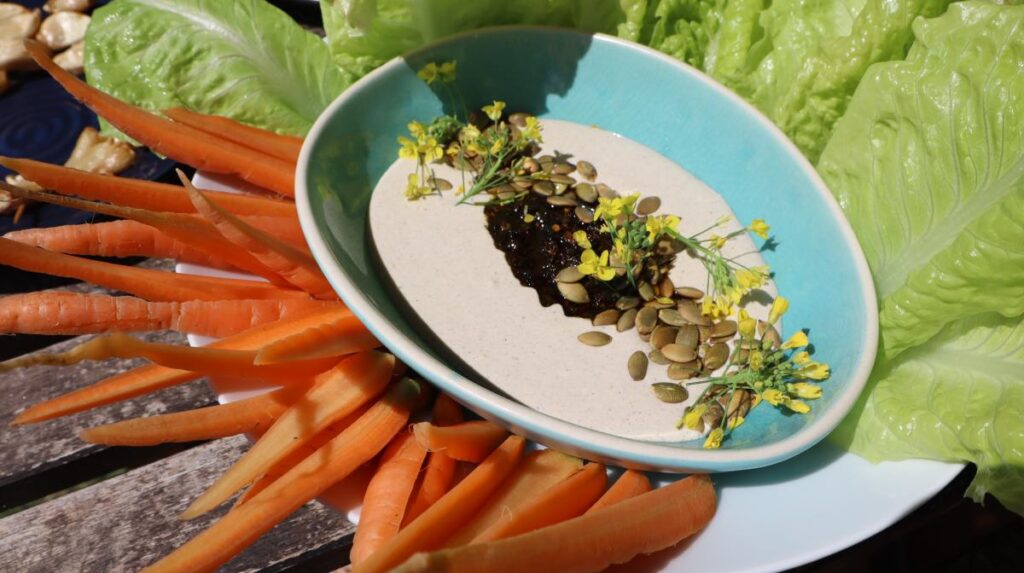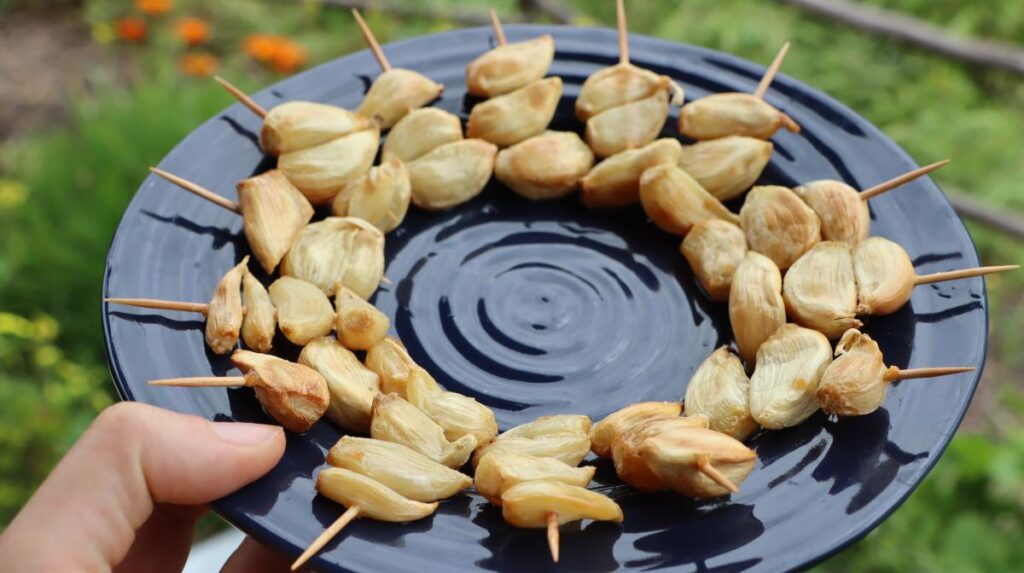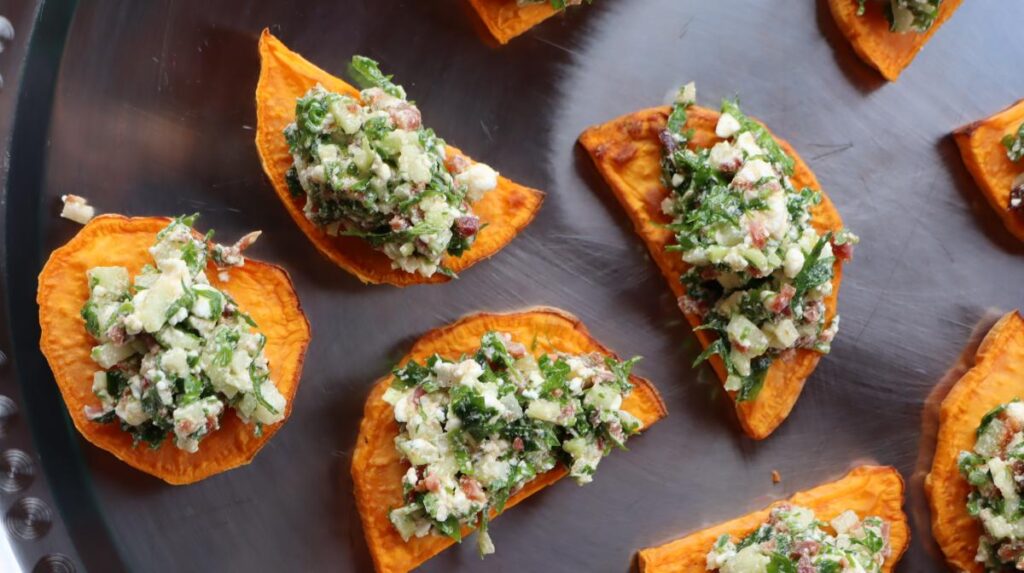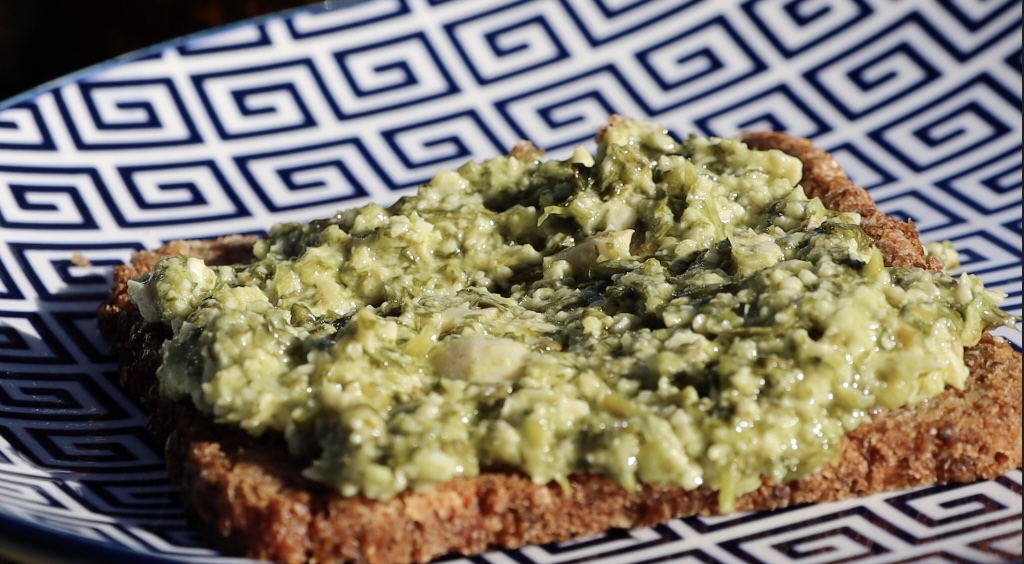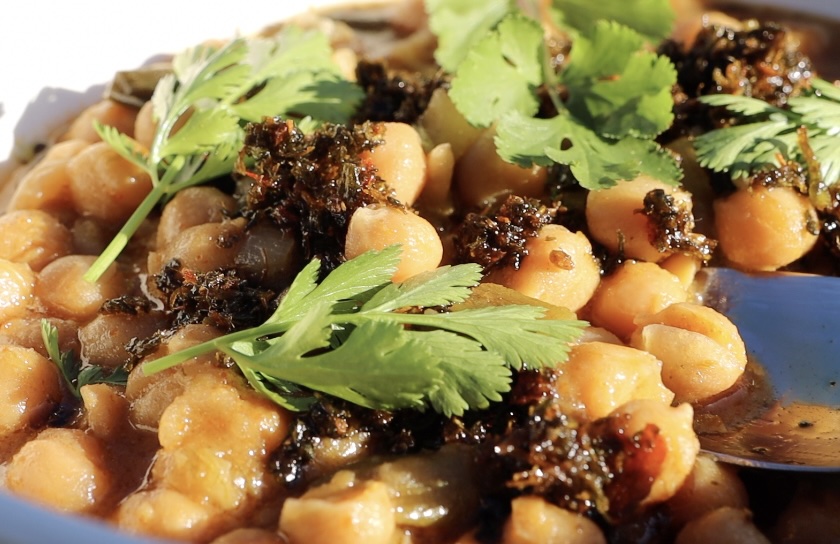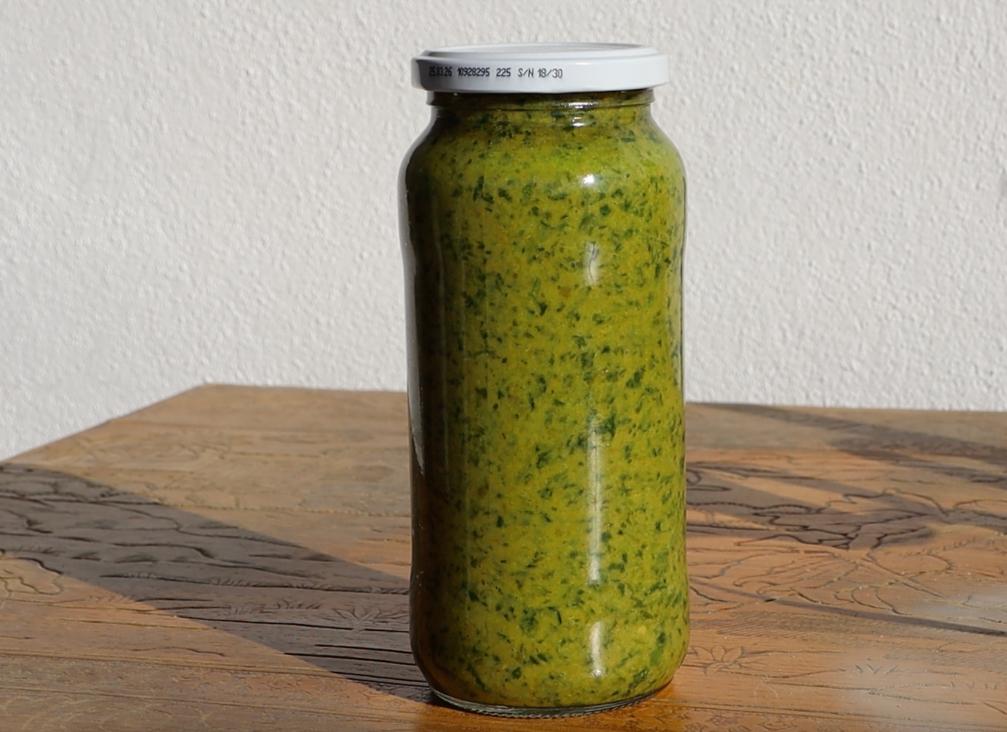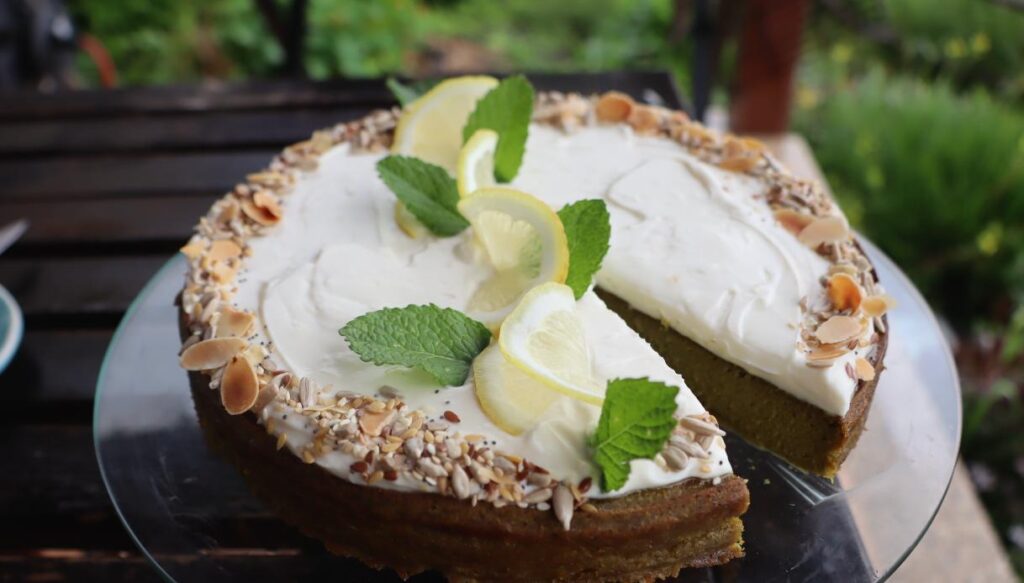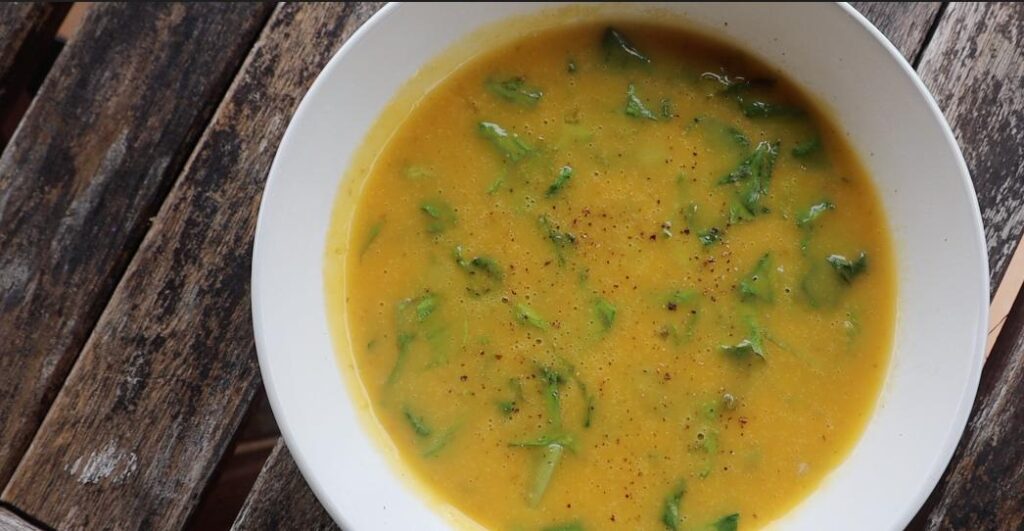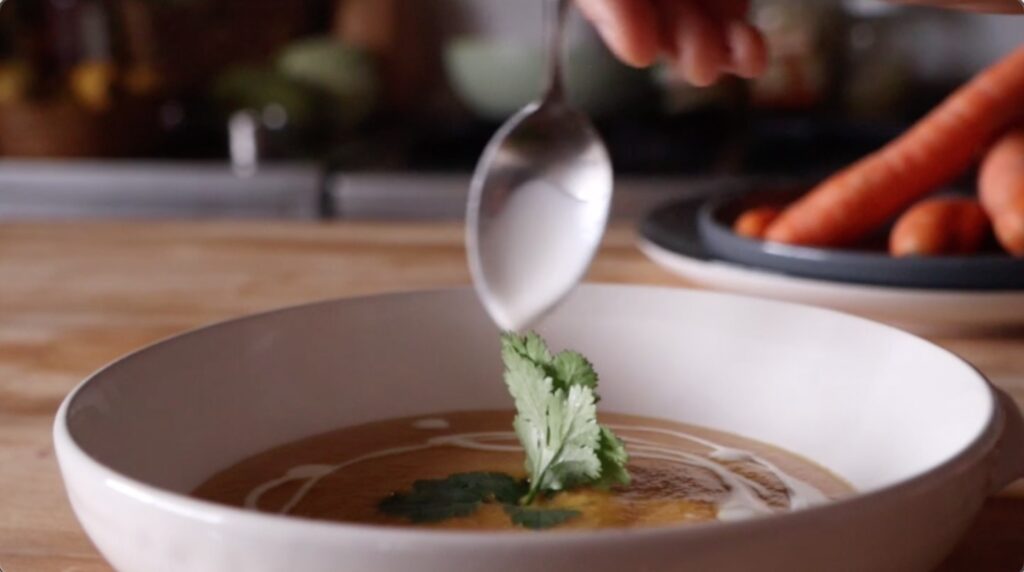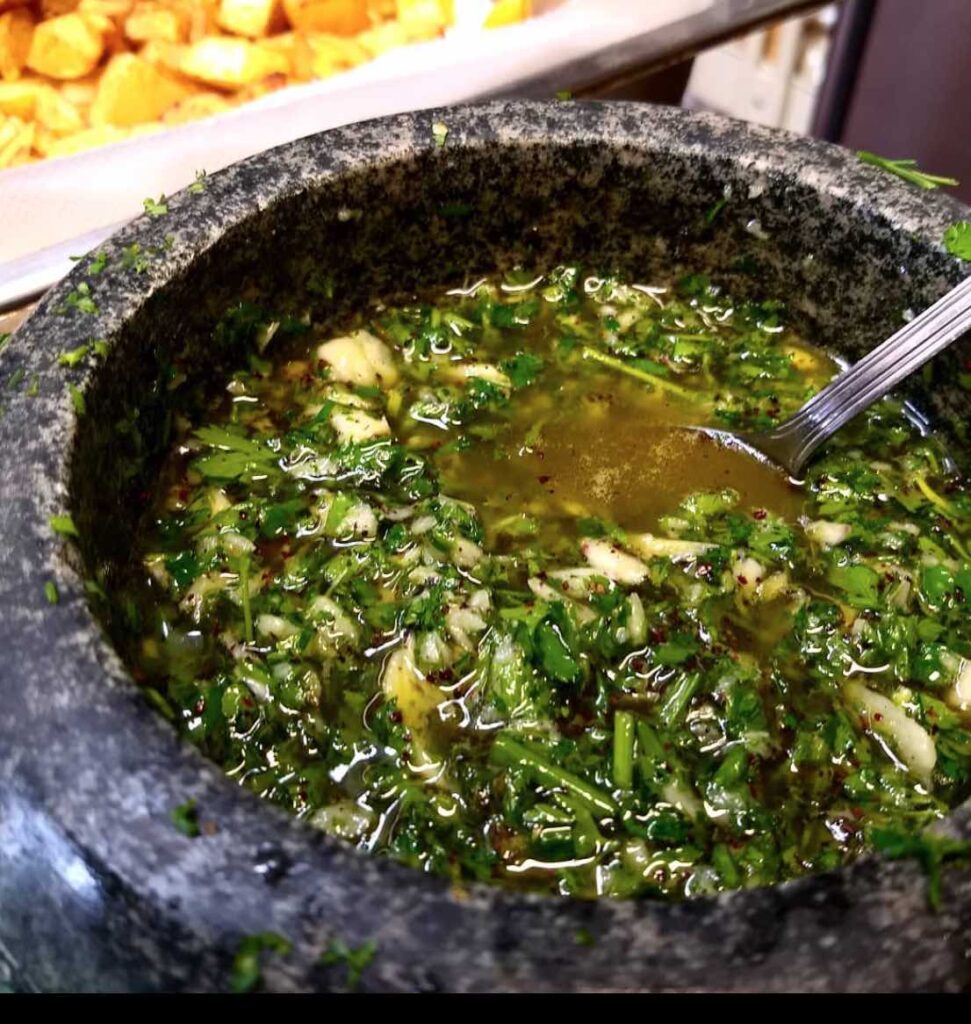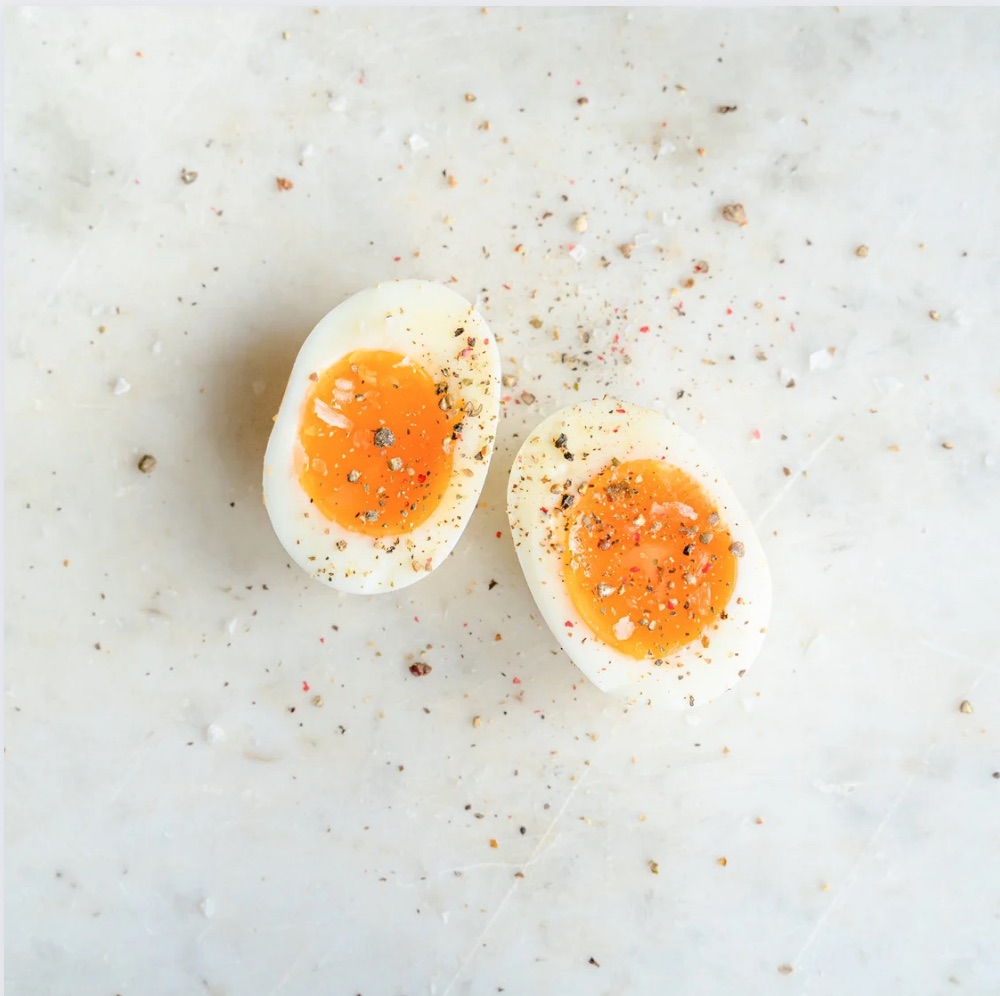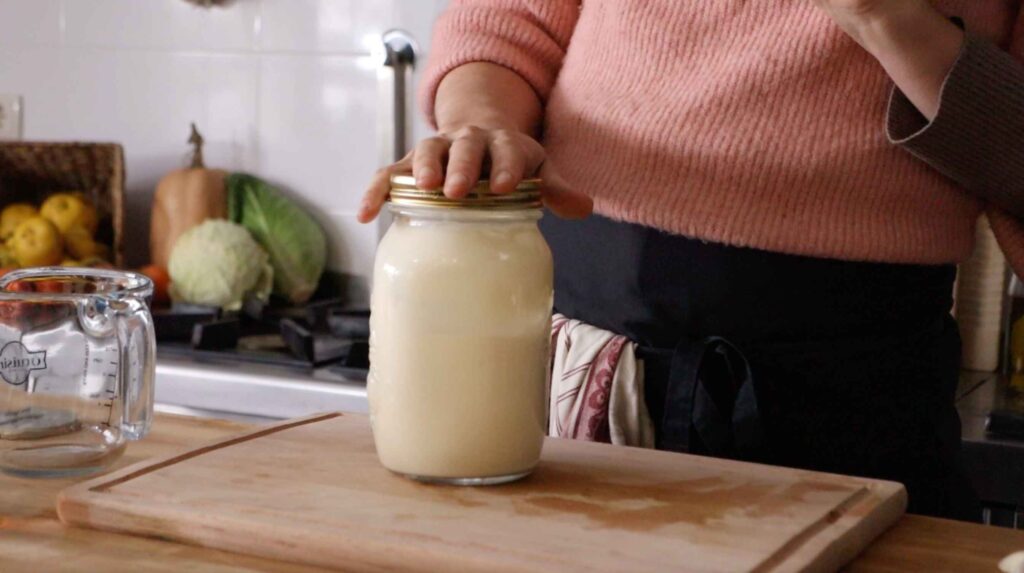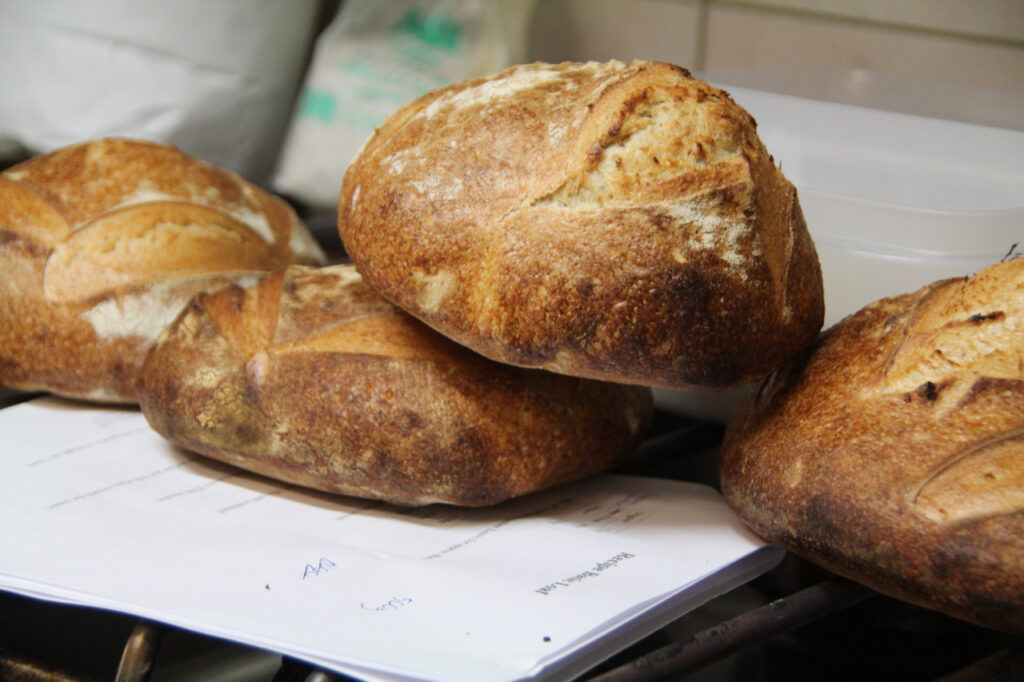Just Eggwhite Mayonnaise
Introducing a smooth and airy egg white mayonnaise! Made with just egg whites, this mayo offers a light, velvety texture that’s perfect for spreading, dipping, or mixing into your favorite dishes. It’s versatile and ideal for recipes where you want a creamy consistency without the richness of traditional mayonnaise.
Watch how to make mayonnaise with just egg whites here

Making egg white mayonnaise

Egg whites are a great source of high-quality protein while being low in calories. They also contain essential nutrients like potassium and riboflavin, making them a healthy addition to many diets.

Serves:
roughly 500 ml of mayonnaise

Time to Prepare:
15 min

Time to cook or cure:
0 min
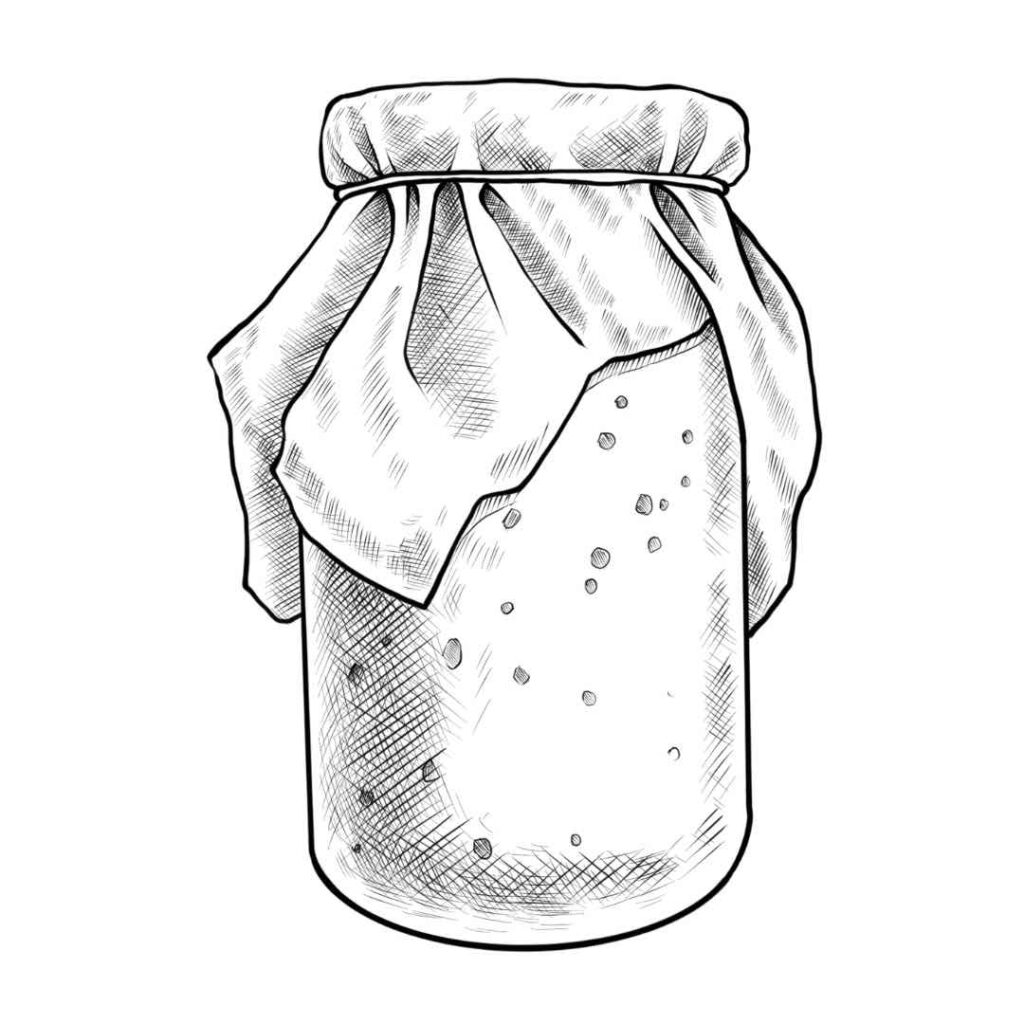
Skill
Emulsifying

Serves:
roughly 500 ml of mayonnaise

Time to Prepare:
20 min

Time to cook or cure:
0 min

Skills:
Emulsifying

Ingredients & Tools
Ingredients
- 3 egg whites
- 1 teaspoon salt
- 20 ml white wine vinegar
- 360- 430 ml of olive oil (depending on how thick you want it)
Tools
- 1 wide mouth jar of at least half a liter (slightly bigger is better)
- wand mixer, with a high rotation!
- spoon
Frequently asked questions about egg white mayonnaise
❓ Can I use egg whites instead of whole eggs in mayonnaise?
Yes! Egg white mayonnaise is lighter and has a slightly different texture but still creamy and delicious. It’s a great option if you’re avoiding yolks for dietary or taste reasons.
❓ Is egg white mayo safe to eat raw?
If you’re using pasteurized eggs or very fresh eggs from a trusted source (like your own farm), it’s generally safe. Alternatively, you can lightly heat the egg whites to 60°C (140°F) for a few minutes to pasteurize them before blending.
❓ What oil works best for egg white mayonnaise?
We recommend neutral oils like cold pressed de-odorized sunflower or avocado oil. Extra virgin olive oil can be too bitter if overblended. Try a mix if you want a richer flavor.
❓ How long does egg white mayo last in the fridge?
Stored in a clean, airtight jar, it lasts up to 5 days in the fridge. Always smell and check the texture before using.
❓ Can I make this mayo without a blender?
Yes. It takes a bit more effort, but you can whisk it by hand or use an immersion blender. Add the oil slowly in a thin stream to avoid breaking the emulsion.
Directions
Simply follow these steps in order to make (fill in titel):
-
Prepare the Jar:
- Place the wide-mouth jar on a stable surface, making sure it is clean and dry.
-
Add the Egg Whites:
- Pour the 3 egg whites into the jar.
-
Add Salt and Vinegar:
- Add 1 teaspoon of salt and 20 ml of white wine vinegar to the jar with the egg whites. Use the spoon to stir gently if needed.
-
Start blending:
- Place the wand mixer at the bottom of the jar, ensuring the blades are fully submerged in the ingredients. start mixing.
-
Pour in the Olive Oil :
- Slowly pour in the olive oil while blending. Adjust the amount up to 430 ml depending on how thick you want the mayonnaise to be. The more oil you add, the thicker the mayo will become. Turn on the wand mixer at high rotation and keep it steady at the bottom of the jar for about 10-15 seconds. You’ll start to see the mixture emulsify and thicken at the bottom.
-
Move the Mixer Upward:
- Slowly raise the wand mixer upwards as the mixture thickens. This allows the oil to blend properly with the egg whites and other ingredients, creating a smooth and creamy mayonnaise.
-
Check Thickness:
- Once all the ingredients are fully combined and you’ve reached the desired thickness, stop the mixer. If the mayo is too thin, you can add a little more olive oil and blend again to thicken it.
-
Store or Use:
- Adjust seasoning if needed with more salt, or even a little sugar if you want a slightly sweet mayonnaise. Your egg white mayonnaise is now ready to use or store in the fridge!
Storage
When your mayonnaise has high acidity, thanks to ingredients like vinegar or lemon juice, it can last a bit longer in the fridge—typically up to 1-2 weeks. The higher acidity helps inhibit bacterial growth, making it more stable. However, always keep it refrigerated in an airtight container and avoid leaving it at room temperature to ensure it stays fresh and safe to eat.
Facebook
Youtube
Instagram
Print Recipe
Building Flavour: learn how!
Cured Meats
Dairy Products
Fermented Vegetables
Recipe Categories


